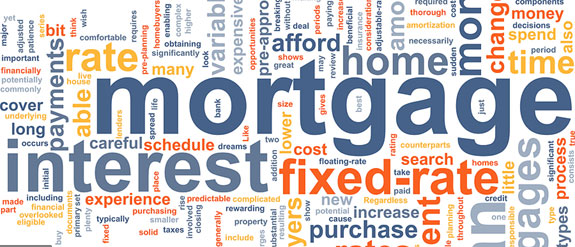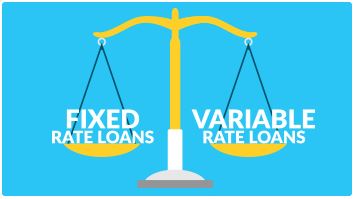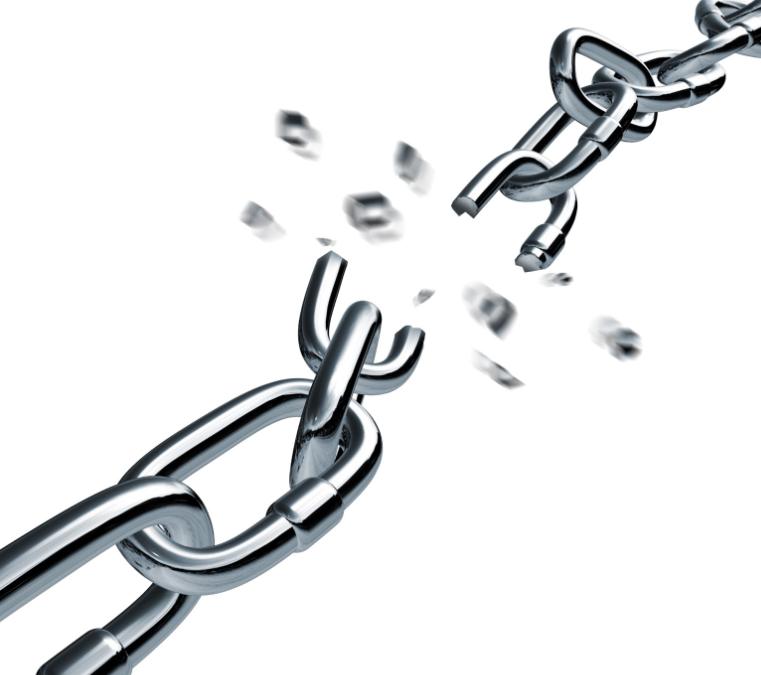When applying for a home loan, choosing whether to take a fixed rate or get a variable rate is crucial, especially for those who want to manage their finances more efficiently. While both have advantages and disadvantages, borrowers who would like to have some certainty, particularly in the first few years of their home-loan journey, would typically go for fixed rates.
A fixed-rate home loan allows borrowers to lock their mortgage rates for a certain period of time. With an unchanging interest rate, borrowers pay the same amount each month for the entire fixed-rate period, which usually lasts for one, two, three, or five years.
What is a fixed-rate contract?
When you choose to have your interest rate fixed, it is not just a simple request that you can ask your lender – you need to enter a fixed-rate home-loan contract that would be legally binding. A fixed-rate deal indicates that you will be repaying a fixed amount of interest on a loan for a specified period.
When the period expires, you can enter into another fixed-rate period. Take note, however, that you will not be charged with the same rate as before. Instead, your loan will be subject to the fixed rate your lender is currently charging on new loans.
It is expensive to break a fixed-rate contract – aside from some paperwork, you will have to pay some fees when decide to exit the deal.
What does “breaking” a fixed-rate home-loan contract mean?

Any act that would hinder you from fulfilling what is stated in the contract would be tantamount to breaking the deal. For instance, if you switch to another lender or home-loan product, that would entail breaking your current fixed-rate contract. Refinancing your home loan to another deal would also require you to terminate your fixed-rate agreement.
Another instance is when you make extra repayments beyond what is stated in the contract or when you repay the loan in full before the end of the fixed term.
In these cases, you will definitely be breaching your fixed-rate contract, resulting in you having to incur certain fees payable to your lender.
What fees do you have to pay when you break a fixed-rate contract?
Before entering a fixed-rate contract, be sure to ask your lender how they charge borrowers who ultimately decide to ditch their fixed-rate deals. Different lenders have different approaches to this, making it a must for you to clarify at the onset what you would need to settle should you decide to terminate your contract.
Borrowers who break their fixed-rate contract pay the so-called break costs or break fees. Take note that some lenders have different terminologies for break fees — do not get confused with other terms like early exit fee and early repayment penalty.
In essence, a break cost is a penalty fee paid by customers who close their fixed-rate contracts before the maturity date. It covers the costs incurred by banks from having to service the money they borrowed from the wholesale money markets to fund your loan.
How are break costs computed?
The break cost computation involves the Bank Bill Swap Rate (BBSR) — this is what your lender uses when it borrows money from a wholesale market. It is the interest rate charged on wholesale fixed-rate borrowings.
When you exit your contract prematurely, you disrupt the BBSR balance, resulting in banks incurring a cost. This cost will be passed on to you in the form of exit fees.
Banks use different formulas to compute break costs, but usually the computation involves comparing the original BBSR with the rate at the time you break your contract. The longer the time you still have on your contract, the higher the break costs would be.
Typically, banks compute break costs by multiplying the loan amount to the remaining fixed term and the change in interest rates.
For instance, let’s assume that you have a $500,000 home loan with a fixed rate of 5.5% for five years. By the second year, you decide to refinance your loan, resulting in you breaking the contract. During this time, your lender’s fixed rate was reduced to 5%. Using this example, let us assume that the difference between the original BBSR and the current rate is 0.5%.
Thus,
Break Cost = $500,000 * 3 (remaining years) * 0.5% (difference)
The result, $7,500, is the approximate amount of break cost you would likely incur.
Take note that this is just a sample computation — as mentioned earlier, banks do not follow a standard rule in computing break costs. If you are worried that your lender is ripping you off by charging you with exorbitant break fees, ask them to explain in detail how they calculated the fees.
How can you avoid break costs?

There is a simple answer to this question — finish your fixed-rate contract. There is no escaping the fact that you will incur break costs if you exit your contract prematurely. If you really want to avoid paying exit fees, stick with your agreement and refinance when your home loan switches to variable rates.
The key here is to determine your plans and foresee events that could happen in the span of the fixed-rate contract. If there’s a slight chance that you would break the deal, it would then be better if you just take a variable-rate home loan.
If you are still unsure, do not hesitate to reach out to mortgage brokers. It is also recommended that you speak to your accountant or financial advisers before entering n to a fixed rate loan. These professionals can help you plan your finances to ensure that you will save on your loan in the long run.
Finance Circle Group is not a property agent or financial advisers. This article is general and has not taken into account your objectives, financial situation, or needs. Consider whether any advice is right for you. You may need financial advice from a qualified adviser. Consider the product disclosure statement (PDS) before making any financial decision.


